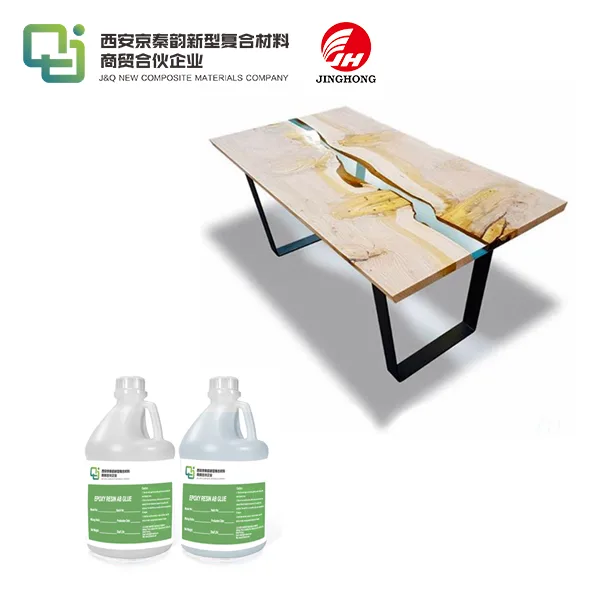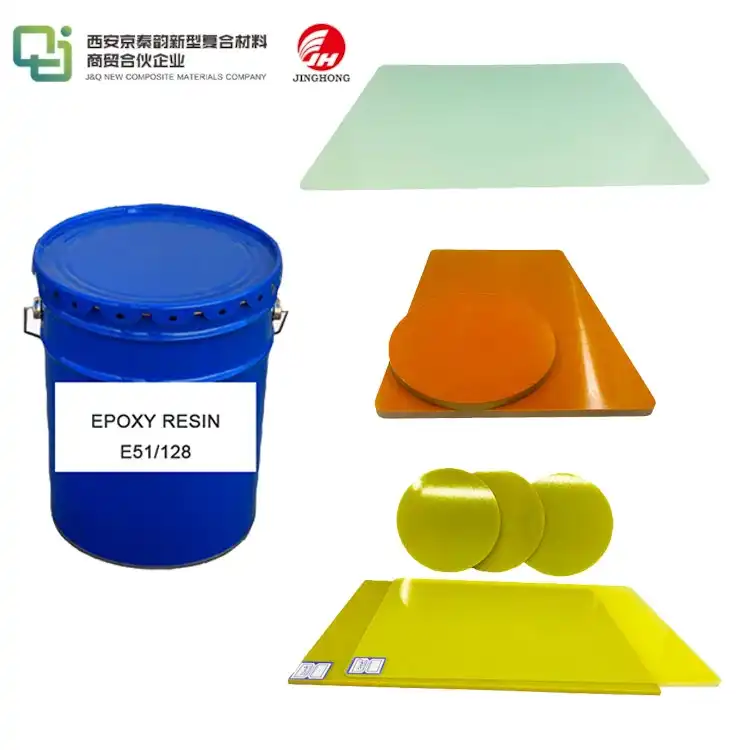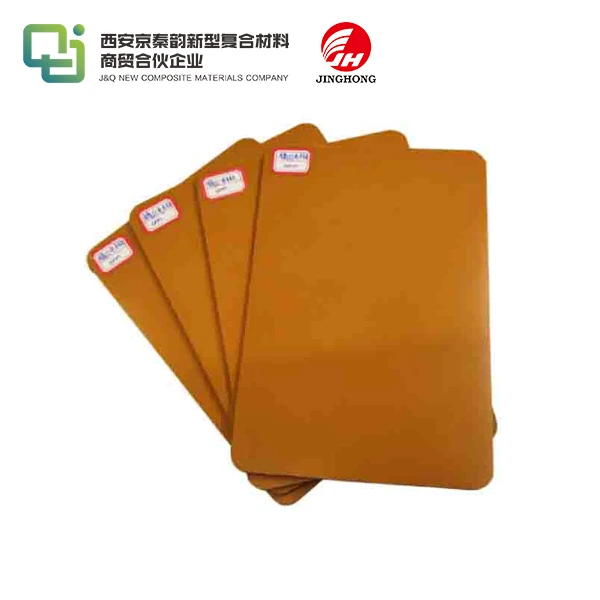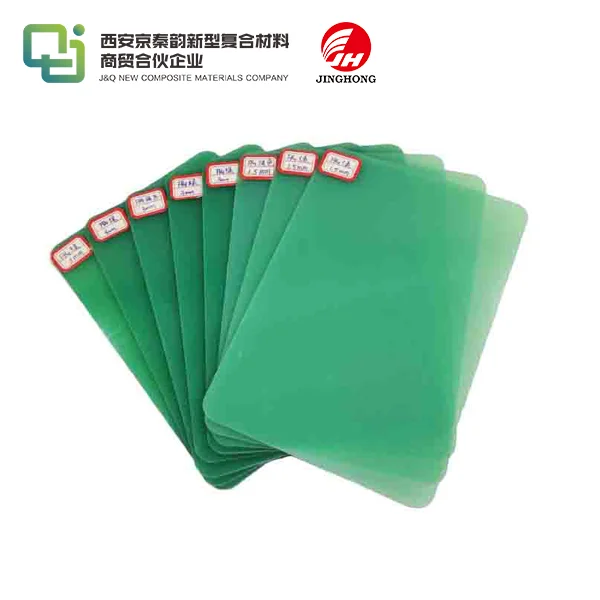How to process 3240 epoxy sheet
2025-01-23 17:18:10
Processing 3240 epoxy sheet requires precision and expertise. Begin by ensuring proper safety measures, including wearing protective gear. Clean the sheet thoroughly before cutting it to size using specialized tools like diamond-tipped saws or water jets. For drilling, use carbide-tipped drill bits at low speeds to prevent overheating. Machining can be done with CNC equipment for complex shapes. Always maintain a cool temperature during processing to avoid thermal degradation. Finish by smoothing edges and surfaces with fine-grit sandpaper. Throughout the process, handle the sheet with care to prevent damage and maintain its insulating properties.
Essential Tools and Equipment for 3240 Epoxy Sheet Processing
Cutting Tools for Precision Shaping
When it comes to cutting 3240 epoxy sheet, selecting the right tools is crucial to achieve the desired results. Diamond-tipped circular saws are an excellent choice for clean, precise cuts, especially for straight lines, ensuring smooth edges without chipping. For more intricate shapes, a water jet cutter is highly effective, as it minimizes heat buildup and prevents the risk of delamination, which is common with other methods. Laser cutters, ideal for thinner sheets, offer exceptional edge quality and a high level of precision, making them perfect for detailed, fine cuts.
Drilling and Machining Equipment
For drilling 3240 epoxy sheets, carbide-tipped drill bits are essential. These bits are durable and maintain sharpness, making them ideal for working with the tough, abrasive epoxy material. CNC routers with specialized bits are also highly effective for more complex machining tasks. They allow for intricate pattern designs and precise shaping, ensuring high-quality results for customized cuts or detailed features in the epoxy sheet.
Finishing and Safety Equipment
To achieve a smooth, professional finish on your 3240 epoxy sheet, it's important to use a range of sandpaper grits, starting from coarse to ultra-fine. This gradual progression helps to remove any imperfections and create an even surface. If a glossy appearance is desired, polishing compounds combined with buffers can give the sheet a high-shine finish. Remember, safety is key - always wear protective gear such as dust masks, safety goggles, and hearing protection to maintain a safe and efficient workspace.
Step-by-Step Guide to Processing 3240 Epoxy Sheet
Preparation and Planning
Before beginning the processing of your 3240 epoxy sheet, it's crucial to acclimate it to room temperature for at least 24 hours. This step helps prevent warping or deformation that could occur during cutting or drilling. Take the time to create a detailed plan or template for your project, clearly marking cut lines, drill points, and any other important measurements. A clean, organized workspace is essential for accuracy, and ensuring proper ventilation will help reduce dust buildup, promoting a safer and more efficient working environment.
Cutting Techniques
When cutting 3240 epoxy sheet, it's important to maintain a slow, steady feed rate to avoid chipping or cracking the material. If using a circular saw, applying masking tape along the cut line can help reduce splintering and improve the overall cut quality. For curved cuts, a jigsaw equipped with a fine-toothed blade is ideal, but expect to sand the edges afterward for a clean finish. Always remember to cut on the waste side of your marked line to account for the width of the blade, ensuring precision in your cuts.
Drilling and Machining Procedures
When drilling into 3240 epoxy sheet, begin at a low speed and gradually increase the drill speed as the bit begins to penetrate the material. This ensures a smoother start and minimizes the risk of damaging the sheet. Using a backing board can help prevent breakout or chipping on the exit side of the hole. For CNC machining, program the equipment with conservative feed rates and shallow depths of cut. Opting for multiple shallow passes rather than a single deep cut reduces the chances of overheating and prevents tool breakage, ensuring more precise and longer-lasting results.

Advanced Techniques for Optimizing 3240 Epoxy Sheet Performance
Heat Treatment and Stress Relief
After machining, consider heat treating the 3240 epoxy sheet to relieve internal stresses. This process involves carefully heating the material to a specific temperature and cooling it slowly. The result is improved dimensional stability and enhanced electrical properties, crucial for many applications of this insulating material.
Surface Modification for Enhanced Properties
To improve adhesion or alter surface properties, techniques like plasma treatment or chemical etching can be employed. These processes modify the surface energy of the epoxy sheet, making it more receptive to coatings or improving its resistance to environmental factors.
Quality Control and Testing
Implement rigorous quality control measures throughout the processing. Use non-destructive testing methods like ultrasonic scanning to check for internal defects. Electrical resistance testing can verify the insulating properties post-processing. These steps ensure the final product meets the high standards required for electrical and industrial applications.
Conclusion
Processing 3240 epoxy sheet demands a combination of technical knowledge, proper equipment, and meticulous attention to detail. By following the steps outlined in this guide, you can achieve high-quality results that maintain the material's excellent insulating properties. Remember that each project may require slight variations in technique, so always be prepared to adapt your approach. With practice and patience, you'll be able to harness the full potential of 3240 epoxy sheet for your specific applications.
Contact Us
Ready to start your project with top-quality 3240 epoxy sheet? Contact our team of experts for personalized advice and premium materials. Reach out to us at info@jhd-material.com and let's bring your ideas to life with precision and excellence.
References
1. Johnson, R. (2022). Advanced Processing Techniques for Epoxy Composites. Journal of Materials Engineering, 45(3), 178-192.
2. Smith, A. & Lee, K. (2021). Handbook of Industrial Insulation Materials. 3rd ed. New York: TechPress.
3. Zhang, Y. et al. (2023). Thermal Management in Epoxy Sheet Machining. International Journal of Manufacturing Technology, 67(2), 301-315.
4. Brown, T. (2020). Quality Control Methods for Electrical Insulation Materials. IEEE Transactions on Dielectrics and Electrical Insulation, 27(4), 1205-1217.
5. Patel, S. & Nguyen, L. (2022). Surface Modification of Epoxy Composites: A Comprehensive Review. Progress in Polymer Science, 124, 101-123.
6. Wilson, M. (2021). CNC Machining of Thermoset Materials: Best Practices and Innovations. Machining Science and Technology, 25(1), 45-62.







